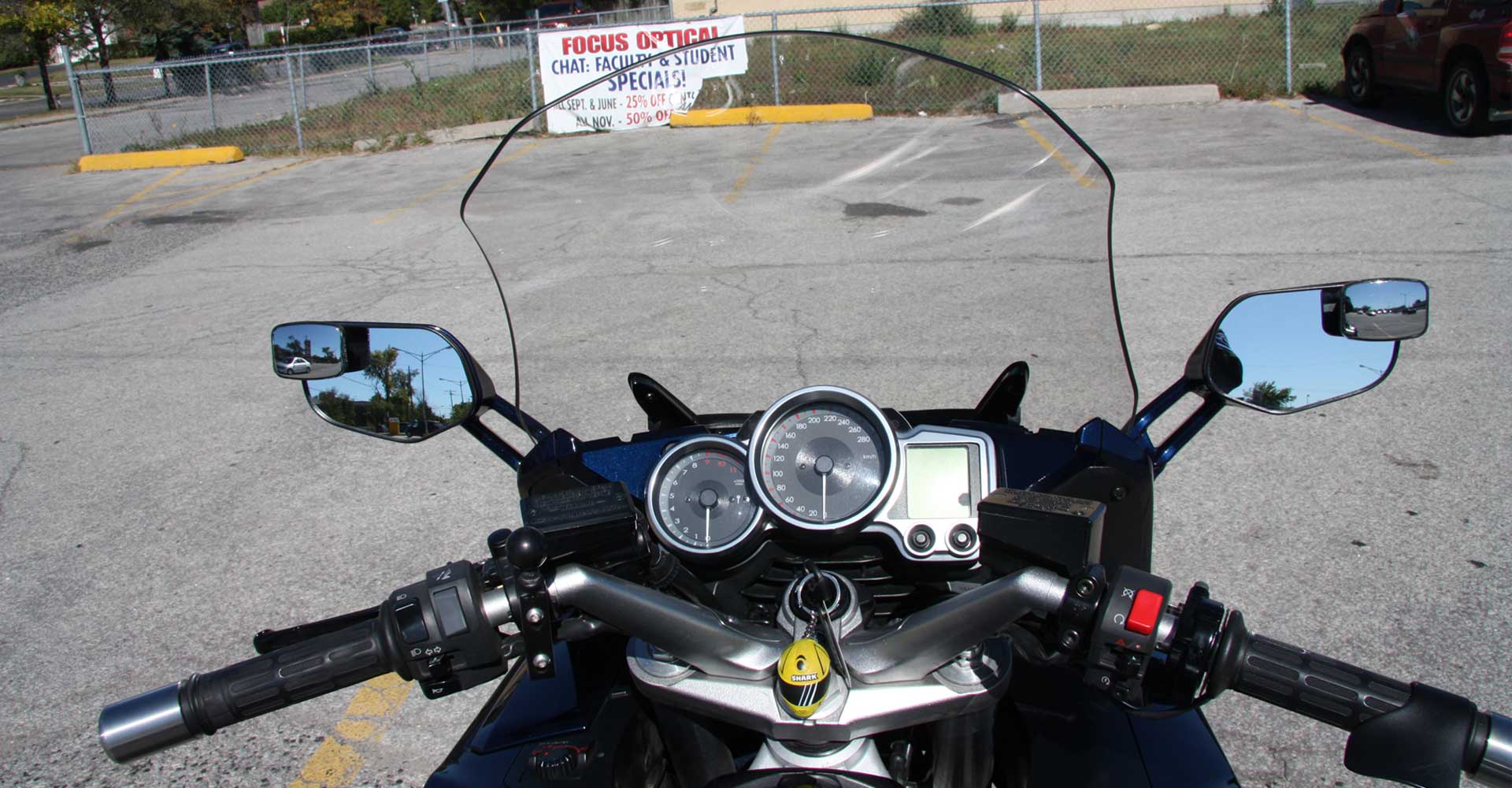
Right from when we are taught how to drive we are told that the only true way to check for a vehicle lingering in our blind spot is top physically turn in our seat and look over our shoulder to see if there is a vehicle present. This seems like a safety hazard to many of the drivers on our roads and as a result lane changes where a vehicle collides with another are more common than any other vehicle collision on our roads. When asked how the collision occurred it is more often than not that the driver did not see the other vehicle in their blind spot. That is, they didn’t want to take their eyes from the road and did not have the proper tools to determine if there was a vehicle in their blind spot and subsequently had a collision.
There have been some products developed that have made little attempts to improve this situation for drivers but to little or no avail. The most common blind spot mirror on the market is a fish eye or bubble lens mirror. These reduce the size of the image and are usually sold with a warning such as image may be closer than it seems. This leaves drivers with the need to estimate how far away the vehicle actually is in order to make a decision as to the safety of the lane change. It comes as little surprise that the majority of drivers are not accurate in their estimation as the collisions from lane changes include a large number of vehicles that have these types of mirrors attached.
MaxiView blind spot mirrors do the exact opposite. They enlarge the image by up to three times it s actual size, enabling the driver plenty of time to accurately decide to the safety f the move. They also allow the driver to see what is behind them without the driver taking their eyes from the road, and they are the world most adjustable stick on mirror, which means that regardless of height or sitting position you are still able to gain optimum benefits from a MaxiView blind spot mirror.
